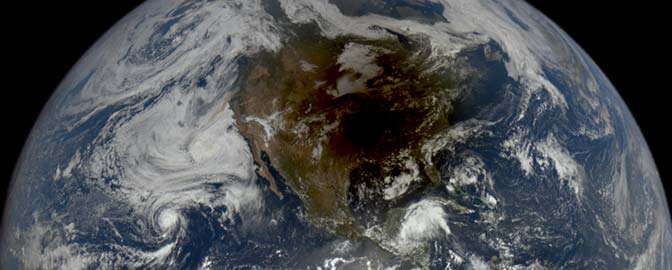Susan Lendroth • Jun 01, 2011
Welcome Home Shuttle LIFE and Space Shuttle Endeavour
The Planetary Society welcomes home space shuttle Endeavour and the microscopic passengers it carried in Shuttle LIFE an experiment designed to test aspects of the transpermia hypothesis -- the ability of microbial life to survive an interplanetary voyage.
"Welcome home Living Interplanetary Flight Experimental (LIFE) microbes and water bears!" said Bill Nye, Executive Director of the Planetary Society. "Everyone on Earth wants to know if you were changed by your flight in space. We will carefully open the sample tubes, have a look, and report what you were up to up there."
Water bears, or tardigrades -- although no bigger than the head of a pin -- were the largest of the LIFE organisms to launch on Endeavour in the Planetary Society experiment. Shuttle LIFE will serve as a test run for Phobos LIFE, a larger collection of organisms that the Planetary Society will send on a three-year trip aboard a Russian spacecraft to the Martian moon Phobos and back to Earth in a capsule that will simulate a meteoroid. Phobos LIFE is set to launch in fall, 2011.

Let’s Go Beyond The Horizon
Every success in space exploration is the result of the community of space enthusiasts, like you, who believe it is important. You can help usher in the next great era of space exploration with your gift today.
Donate Today

 Explore Worlds
Explore Worlds Find Life
Find Life Defend Earth
Defend Earth

